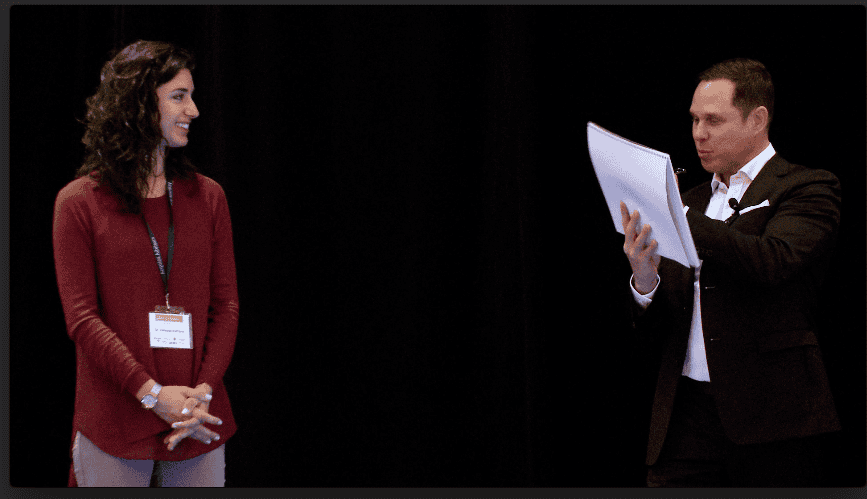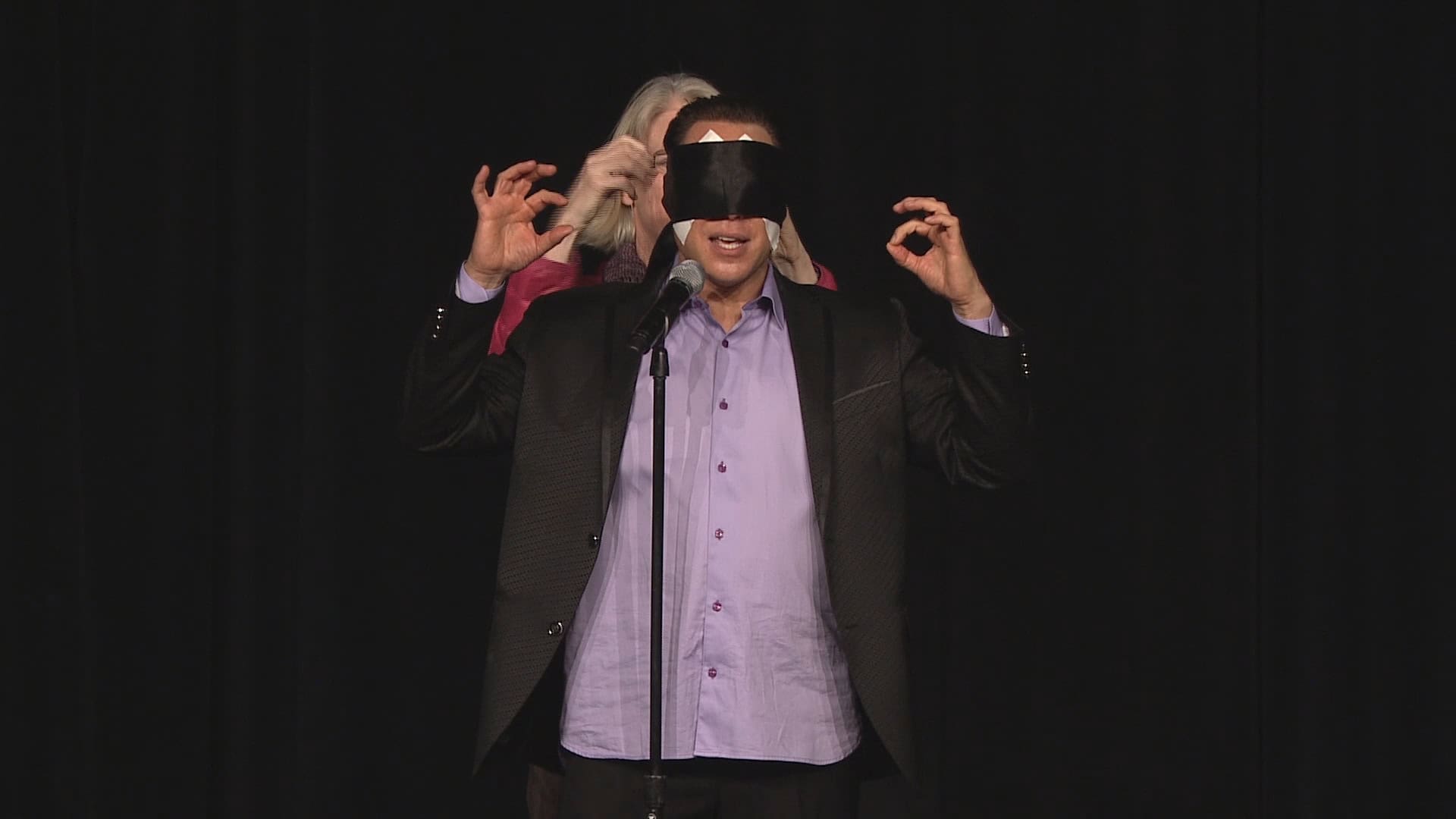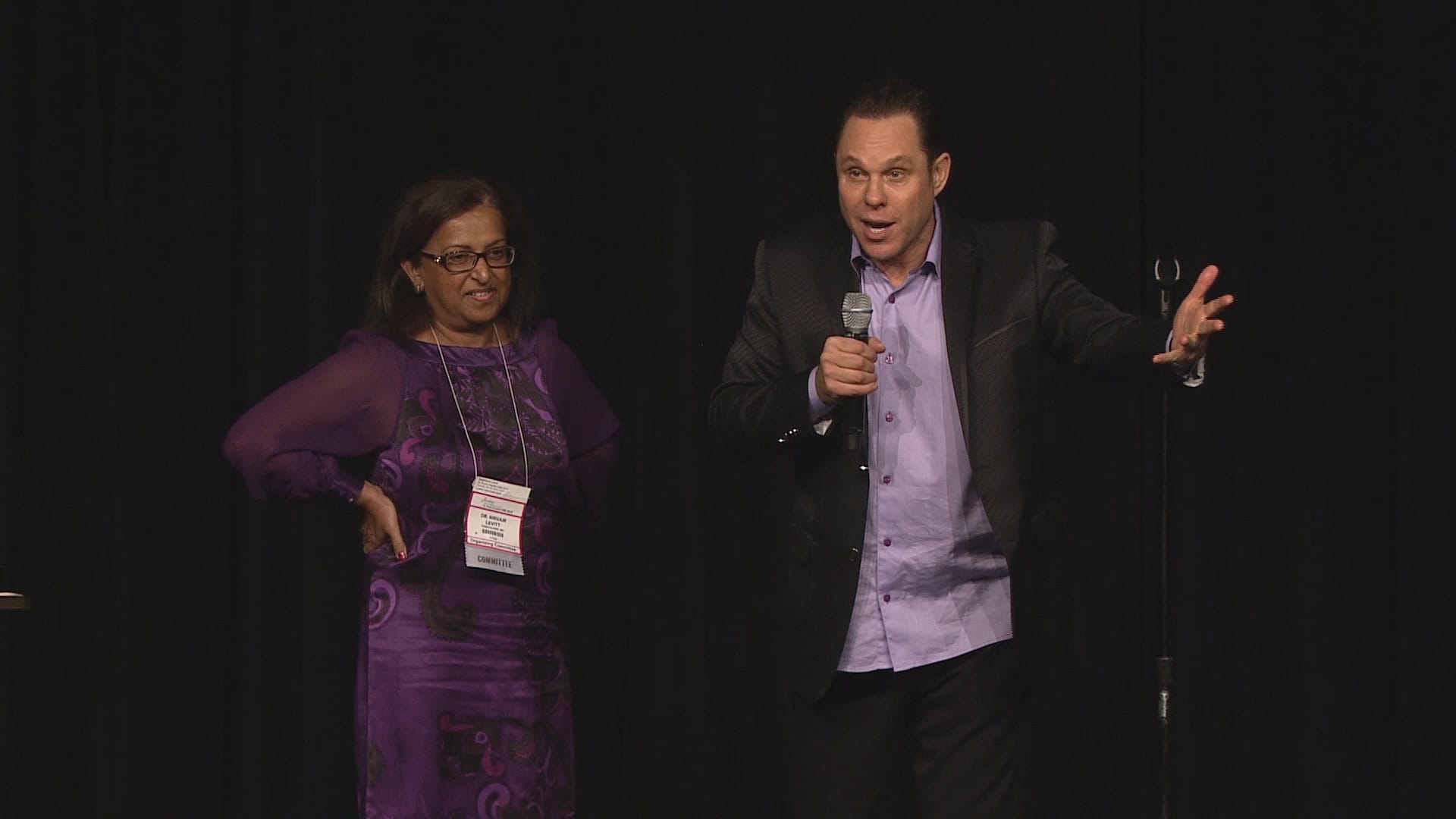When I first stumbled upon the world of comedy mentalism, I was instantly hooked. Blending humor with mind-bending tricks creates an experience that’s both entertaining and thought-provoking. It’s a unique art form that challenges perceptions while keeping audiences laughing.
As a comedy mentalist, I’ve learned that the key lies in the connection with the audience. Each performance is a dance of wit and wonder, where laughter and astonishment go hand in hand. Whether it’s reading minds or predicting choices, the magic unfolds in a way that feels personal and engaging. Join me as we dive into the fascinating realm of comedy mentalism, exploring what makes it so captivating and how it leaves a lasting impression.
Overview of Comedy Mentalism
Comedy mentalism combines humor and psychological tricks to entertain audiences. This unique performance art challenges perceptions while delivering laughter, creating a memorable experience.
Definition of Comedy Mentalist
A comedy mentalist performs mind-reading and psychological illusions, infused with comedic elements. This performer entertains audiences by blending wit with mentalism, engaging spectators through clever banter and surprising revelations. The use of humor enhances the mystique of mind tricks, creating a unique atmosphere where laughter coexists with disbelief.
History and Evolution
Comedy mentalism traces its roots back to the early 20th century, emerging from classic stage magic. Influential figures, like The Great Lafayette and Dunninger, paved the way by incorporating humor into their acts. As entertainment evolved, comedy mentalism adapted, with artists like Max Maven and The Amazing Kreskin gaining prominence in the 1970s and 1980s. Their innovative approaches blurred the line between comedy and mental magic, shaping modern performances. Today, comedy mentalists continue to evolve, integrating contemporary themes and technology, while ensuring audience engagement remains a top priority.
Key Characteristics of a Comedy Mentalist
Comedy mentalists captivate audiences by blending humor with mind-bending psychological illusions. This unique combination creates an engaging performance that keeps spectators entertained and intrigued.
Blending Comedy and Mentalism
Comedy mentalists seamlessly integrate humor into their acts. They often employ clever wordplay and humorous anecdotes, enhancing the overall experience. Comedic timing is crucial, allowing them to build anticipation before delivering mind-blowing tricks. The balance of laughter and astonishment keeps the audience on their toes, enhancing the impact of the performance. Additionally, the use of relatable scenarios allows audiences to connect with the mentalist, making the experience memorable and entertaining.
Audience Interaction Techniques
Effective audience interaction techniques form the backbone of a comedy mentalist’s performance. Comedy mentalists frequently engage with spectators through direct participation, blurring the lines between performer and audience. Techniques like asking questions or inviting volunteers enhance the sense of involvement, making each performance unique. Utilizing humor during these interactions helps create a relaxed environment, encouraging spectators to respond openly. This engagement not only enriches the experience but also allows the mentalist to tailor the performance on-the-fly, ensuring relevance and spontaneity.
Popular Comedy Mentalists
Comedy mentalists captivate audiences with their blend of humor, psychological tricks, and interactive performances. Several notable performers stand out in this unique field, each contributing their distinctive flair.
Notable Performers
- Derren Brown: Renowned for his psychological mastery, Derren combines mind-reading with dark humor. His shows often explore the limits of human perception, blending psychological techniques with comedic elements.
- The Amazing Kreskin: A trailblazer in the genre, Kreskin emphasizes audience participation. His performances revolve around mind tricks infused with humor, showcasing his quick wit and charm.
- Max Maven: Known for his cerebral style, Maven merges comedy with thought-provoking illusions. His shows feature clever wordplay and elaborate setups, captivating fans with unexpected twists.
- Penn & Teller: This dynamic duo incorporates comedy into magic and mentalism. Their performances blend humor and tricks while debunking common myths in an entertaining manner.
Unique Styles and Approaches
- Storytelling: Many comedy mentalists utilize storytelling techniques to engage spectators. By weaving narratives into their acts, they create relatable experiences that enhance the humor of their tricks.
- Interactive Elements: Comedy mentalists focus on audience interaction. Engaging participants through humor not only entertains but also adds a layer of spontaneity to the performance.
- Psychological Illusions: Employing psychological principles, mentalists craft intricate illusions. This approach blurs the line between reality and entertainment, providing humorous insights into human behavior.
- Physical Comedy: Some performers integrate physical comedy into their acts. Gestures and expressions enhance comedic timing, making illusions even more impactful.
The artistry in comedy mentalism is reflected in these performers’ unique styles, ensuring that each show remains fresh and engaging for audiences.
The Impact of Comedy Mentalists
Comedy mentalists significantly influence entertainment through their unique blend of humor and psychological tricks. Their performances engage audiences, leaving a lasting impression that combines laughter with intrigue.
Influence on Entertainment
Comedy mentalists redefine traditional entertainment formats by merging mentalism with comedy. They create performances that captivate diverse audiences, appealing to both magic enthusiasts and casual spectators. Many comedians and magicians incorporate elements of comedy mentalism into their acts to enhance audience engagement. Notable shows on television, such as “America’s Got Talent,” showcase comedy mentalists, leading to increased popularity and appreciation for the genre. Different media platforms, including social media, also amplify the reach of their performances, allowing for interactive and viral content that entertains while showcasing talent. This impact on entertainment continues to inspire new generations of performers, blending humor with mentalism in innovative ways.
Psychological Aspects of Performance
The psychological aspects of comedy mentalism enhance the overall experience for the audience. Comedy mentalists tap into cognitive biases and perception, creating illusions that challenge how spectators understand reality. Techniques such as suggestion and misdirection contribute to these effects, heightening engagement and amusement. The interplay between humor and psychological elements fosters a relaxed atmosphere, encouraging audience participation. As mentalists employ humor, they reduce skepticism, allowing audiences to embrace seemingly impossible feats. This psychological interplay contributes to memorable experiences that resonate long after the performance ends, highlighting the art and science behind comedy mentalism.
Key Takeaways
- Understanding Comedy Mentalism: This art form combines humor and psychological tricks, delivering a unique experience that entertains while challenging perceptions.
- Key Performer Traits: Successful comedy mentalists engage audiences through humor, audience participation, and clever storytelling, creating a memorable connection during performances.
- Historical Evolution: Comedy mentalism has evolved from early 20th-century magic acts, influenced by legendary performers, and continues to adapt with contemporary themes and technology.
- Audience Interaction: Effective audience engagement techniques are crucial, as they blur the lines between performer and audience, enhancing the spontaneity and relatability of the performance.
- Impact on Entertainment: Comedy mentalists reshape entertainment by appealing to a broad audience, and their influence is evident in various media platforms, paving the way for new talent.
- Psychological Insights: Utilizing cognitive biases and psychological principles, comedy mentalists create illusions that engage and amuse, fostering a memorable experience for spectators.
Conclusion
Comedy mentalism is more than just tricks and laughter; it’s an art form that connects deeply with audiences. The blend of humor and psychological illusions creates a unique experience that keeps spectators engaged and entertained.
I’ve seen firsthand how the interplay of wit and wonder captivates people, making each performance unforgettable. Whether through clever wordplay or interactive elements, comedy mentalists have a remarkable ability to tailor their acts to the audience, ensuring every show feels fresh and personal.
As this genre continues to evolve, I can’t wait to see how future performers will push the boundaries of comedy and mentalism even further, creating even more magical moments for all of us.
Frequently Asked Questions
What is comedy mentalism?
Comedy mentalism is a performance art combining mind-reading and psychological illusions with humor. Comedy mentalists engage their audience through witty banter, clever wordplay, and surprising revelations, creating an entertaining experience that merges laughter with astonishment.
How did comedy mentalism evolve?
Comedy mentalism traces its roots back to the early 20th century, influenced by performers like The Great Lafayette and Dunninger. The genre gained momentum in the 1970s and 1980s with artists such as Max Maven and The Amazing Kreskin, who blurred the lines between comedy and mental magic.
Who are some famous comedy mentalists?
Notable comedy mentalists include Derren Brown, The Amazing Kreskin, Max Maven, and the duo Penn & Teller. Each performer brings a unique style to the genre, employing storytelling, interactive elements, and psychological illusions to captivate audiences.
How do comedy mentalists engage their audience?
Comedy mentalists utilize various techniques to engage audiences, including direct participation, humor, and storytelling. These methods foster a relaxed atmosphere, allowing spectators to enjoy the performance and become part of the experience.
What techniques do comedy mentalists use?
Comedy mentalists employ techniques such as suggestion, misdirection, and cognitive bias to create engaging illusions. These psychological elements enhance audience participation, making the impossible seem possible and enriching the overall experience.
What impact do comedy mentalists have on entertainment?
Comedy mentalists redefine traditional performance formats by merging comedy with mentalism, appealing to a diverse audience. Their visibility has increased through shows like “America’s Got Talent” and social media, showcasing their artistry and expanding their reach. Learn about Comedy Mentalist, Randy Charach.




